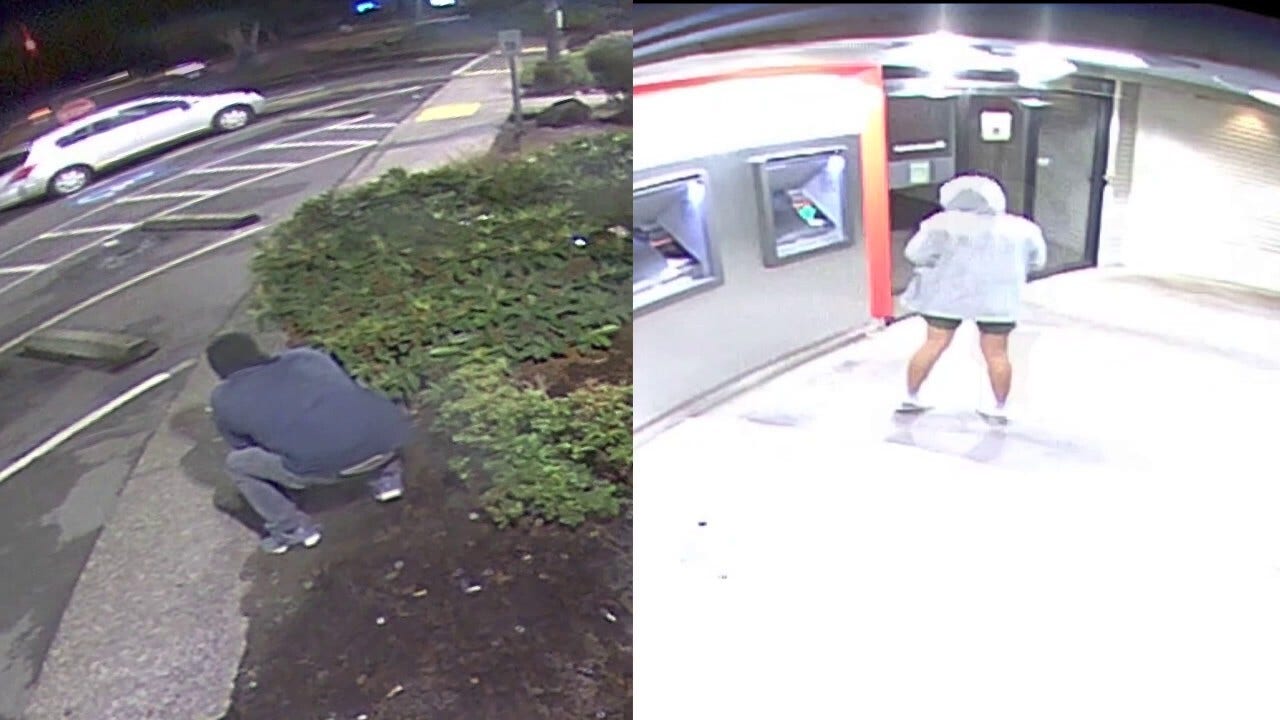The OODA Loop and Being a Warrior

The term warrior gets thrown around a lot in gun and personal defense circles. A warrior trains constantly to improve their skills and uses those skills to not only defend themselves but others. They may fight for their tribe, their country, or their loved ones. In short, they fight for something greater than themselves. They take every opportunity to learn new techniques, improve both as a fighter and a person, and apply the OODA Loop to their training. They are never satisfied with their capabilities but always strive to progress to the next level.
This outlook is one we, as concealed carriers who may have to use a gun to defend our lives someday, should emulate. Being able to shoot a 2” group freestanding at 10 yards is not enough. Defensive shooting encounters are dynamic, not static, and we may have to move, shoot, and think on the fly. But before we can discipline and train our bodies, we must discipline and train our minds. I’m not talking about becoming a Shaolin monk, just good old American critical thinking.
The OODA Loop
OODA stands for Observe-Orient-Decide-Act. It originated with U.S. Air Force Colonel John Boyd as a result of his experiences dogfighting North Korean MIG-15s during the Korean War. Since its inception, the OODA Loop has become a mainstay in training fighter pilots and soldiers, corporate executives, and even professional athletes. It is a warrior mentality that applies well to the realm of self-defense.
Observe
We think of this stage as situational awareness. We are taking in information about our surroundings like the street, parking garage, or building. But it goes beyond that. It is a heightened state of awareness that also takes in the people and situations around you so that you can analyze potential threats. You must look for subtle signs that might indicate potential danger.
For example, you are heading to your car in a parking lot. You notice a person who seems to be angling in your direction. You observe their appearance, body language, and facial expression. Are they making eye contact? Are there other people seeming to move towards you as well? Is there someone sitting in a vehicle nearby?
Orient
In this step, you analyze and interpret your observations and compare them to your mental model of what is normal. You evaluate your situation and all the variables affecting it. What is the threat and how dangerous is it? What are your surroundings, and how will they affect the development of the situation? At this stage, self-awareness is as important as situational awareness. What are your capabilities and what other factors could influence your course of action? Not only will external factors affect your decision, but considerations like your capabilities, age, gender, and resources may also play a part.
In our example, you determine that the person is heading straight for you but that they seem to be alone. Your car is close enough for you to reach it before they reach you, but only just. If the person approaching you does intend to assault you in some way, you determine what variables might help or hinder them. In this case, the parking space next to your driver’s door is empty. This will give him more room to approach you, but it will also give you more room to maneuver if need be. You are alone, so you do not have anyone else to worry about or rely on.
Decide
It’s decision time. You must choose a course of action based on your observations. Weigh your options, running through the pros and cons of each based on your analysis of the situation. There will likely be more than one option, so you must choose the best. But you must also have a backup plan in case something unexpected happens.
Going back to the example, you can see that although you can reach your car before he reaches you and may have time to get in, you will not have time to start the engine and drive away. That means you will be in a situation where your movement and field of vision are restricted. If he has a gun, that will put you at a tactical disadvantage. On the pro side, you are armed and feel confident in your ability to defend yourself if something happens.
Act
It is time for action. At this point you must act on what you have decided is the best course of action without delay. Once you’ve reached this point, you cannot hesitate. That will only throw you further behind the power curve. Choose a course of action and follow through, but also be prepared to adjust your actions based on what happens next.
The example can have more than one response, depending on everything you have considered. The individual is still approaching you but has not drawn a weapon yet, so neither will you. You decide to wait at the door of your car without getting in, keeping an eye on the person, and being ready to draw your weapon if he does. You make eye contact. He can see that you are ready for him, so he veers away and moves on in search of easier prey. You watch until he is a few cars down the row, then get in your car and leave immediately.
You evaluated the situation, then stayed calm and acted with rational purpose. You did not display fear or panic, and the potential assailant could see that you were confident and prepared, and thus, not an easy victim and moved on. You have won this fight in the best possible way, by avoiding it.
Attaining a Warrior Mindset
Although the concept of being a warrior is ancient, it is still relevant in our increasingly dangerous modern world. Using the OODA loop sounds like a lot of steps, but it all takes place in a few seconds. As in any crisis response, success in a self-defense encounter relies on the ability to avoid panic and substitute it with calm, rational thinking.
Along with their martial skills, warriors in ancient Japan developed their mental and emotional skills. One of the principles they followed is irimi. The direct translation into English means to enter or get close to, but the meaning in Japanese is more specific. In the warrior tradition, irimi means to enter without fear. To recognize danger and act anyway.
A second critical concept is dochu no sei, which translates as, calmness in action. It teaches that we must maintain complete control over ourselves in any situation, no matter what happens. We must remain calm, so we are efficient and effective in everything we do.
Samurai warriors honed their minds as well as their physical skills. They trained themselves to act calmly in the face of danger. Something easier said than done.
Achieving Confidence is Critical
A calm mind is a rational mind, and a rational mind makes fewer mistakes. Remaining calm can be a challenge in the face of impending danger. Our bodies respond to threats without conscious thought. As soon as we feel threatened, our brains release a flood of cortisol, dopamine, and adrenalin into our bloodstream-the fight or flight response. Animals respond to threats by instinct, but as human beings, we must learn to control our response through rational thought. One of the best mechanisms for doing that is being confident and prepared—confidence in our abilities and ourselves and preparation to face uncertain situations. The steps for building that confidence are more straightforward than you might think.
Never Pass Up a Chance to Learn
A true warrior never passes up an opportunity to learn something new. It is important to be confident, but don’t fall prey to the Dunning-Kruger effect and think you know more than you do. Be confident, but also humble enough to know that there are people out there who can teach us new tricks.
Challenge Yourself
Always strive to step outside your comfort zone. This will come at different levels for different people, which is fine. No one knows everything on day one, but you will never get better if you are always satisfied with what you already know.
Compete Against Yourself
It’s good to have role models and people you admire, but don’t compare yourself to them and then feel discouraged if you are not as skilled as they are. The person you should be competing against is yourself. However well you did on a task yesterday, try to do better today.
Physical Conditioning
Being fit will enable you to move faster, last longer, and better avoid injuries. Fitness is not only good for your physical health but also for your emotional health. You will feel better, walk with your head held high, and have greater confidence. Not only will that help you if trouble finds you, but it will also make you a less inviting target for the bad guy in the parking lot. You don’t have to do an Olympic workout, do whatever your body is capable of doing.
Empty Hand Techniques
Learn some fighting techniques. Carrying a gun is both smart and effective for self-defense, but you may be surprised by an assailant and forced into a physical confrontation. If nothing else, learn enough to be able to retain your gun or push an assailant away from you far enough to give yourself room to draw it.
Smart Gear Choices
Don’t be taken in by the latest, greatest fad gear. Focus on things that matter every day, like a good holster that retains your gun but is easy to draw from, and a belt that is stiff enough to hold your holster without sagging. Carry a practical knife, and a flashlight, and have a trauma kit close at hand.
Awareness
Be situationally and self-aware. Be alert and prepared to avoid, evade, or engage in that order of priority. Look for the details around you.
Backup Plan
Always have a plan and a backup plan. Give yourself options that adapt to the situation as it develops.
Training and Practice
Get some training and then practice what you learned…a lot. Repetition will develop into muscle memory, which will save time in a crisis and help avoid forgetting something important. For example, if you carry your gun with the safety on, practice enough that it becomes second nature to flip the manual safety off when you draw.
Consistency
Finally, be consistent. Don’t let yourself drop into complacency and become oblivious to your surroundings. Don’t let your training and practice become on again, off again. Don’t get into a pattern of not always carrying your gun. Do not allow yourself to be caught unprepared.
Conclusion
The OODA Loop relies on rational thought. Rational thought in a crisis relies on having a warrior mentality that does not freeze in the face of danger but remains calm and acts. And the best way to achieve that calm, rational approach to a threat is to be prepared and confident in your abilities. It isn’t mysticism or rocket science. Anyone who can read this article can do it.
Read the full article here







